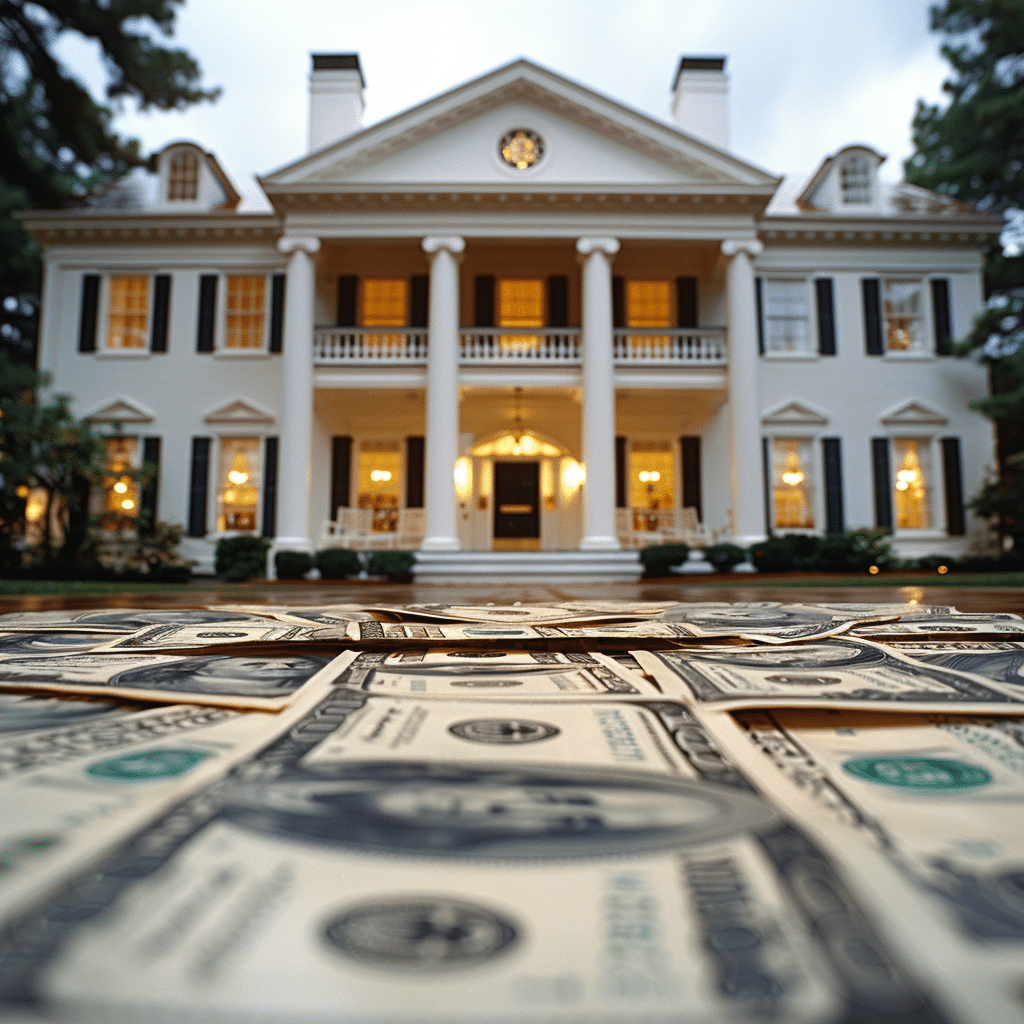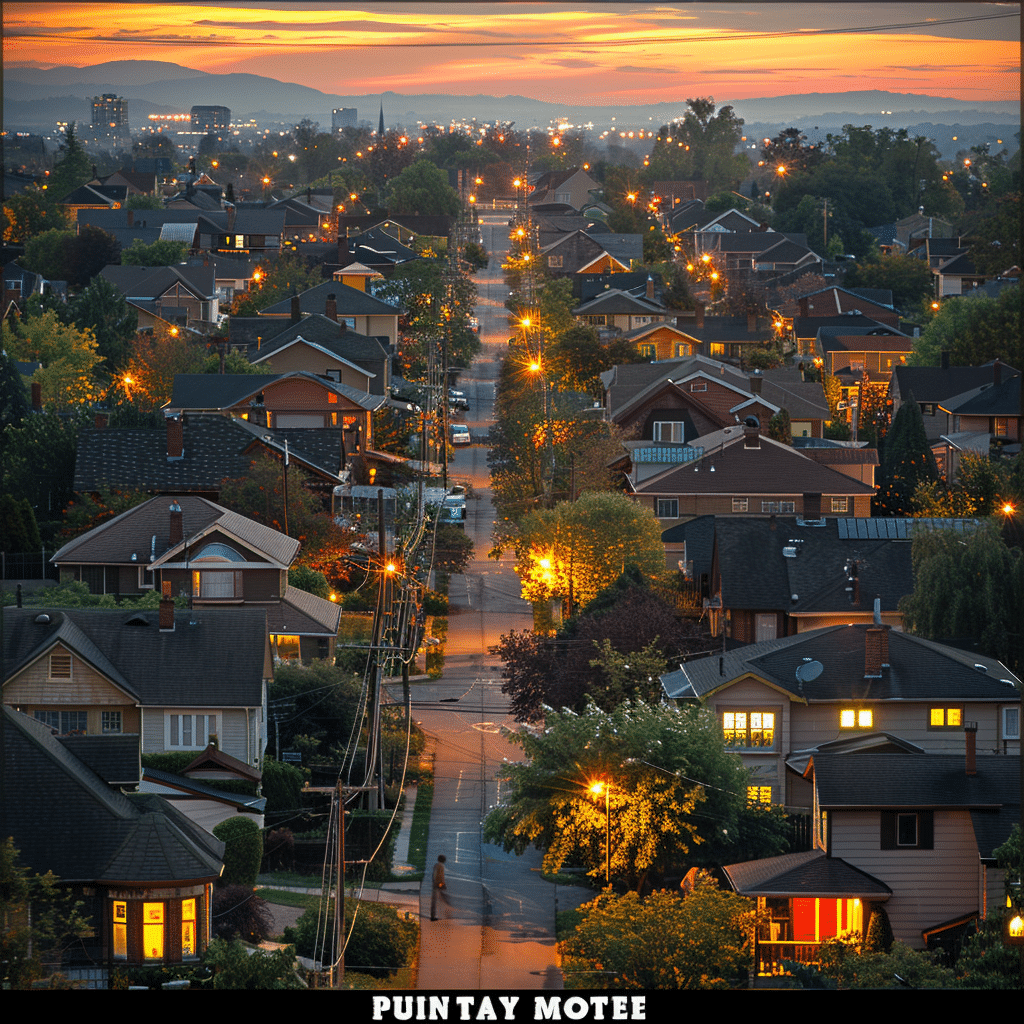Understanding your mortgage rate is like being in a long-term relationship; it’s crucial to know the history to navigate the future. The 30 year mortgage rate history has been a roller coaster ride of peaks and troughs, influenced by diverse economic conditions and policies. By diving deep into the archives of financial evolution, we’ll see that these aren’t just bland numbers on a page – they’re stories of our economy’s heartbeat, narratives that resonate with the experiences of countless homeowners.

Tracing the Evolution of 30 Year Mortgage Rates
The journey of the 30 year mortgage rates has been nothing short of dramatic. From their conception to today’s figures, each uptick and downturn bears testimony to significant economic shifts. Let’s unpack the twists and turns:
Delving into this history helps us understand just how economic narratives and mortgage rates are inseparable.

Understanding the Peaks and Troughs of 30 Year Mortgage Rate History
The highs and lows of mortgage rates are like economic benchmarks etched into the timeline of American homeownership. Here, we dissect some of these extreme shifts:
Diving behind these numbers, we delve into stories of market hysteria, economic downturns, and collective sighs of relief.
| Year | Average Annual 30-Year Fixed Rate | Notable Events Influencing Rate Change |
| 1990 | 10.13% | Recession, high inflation |
| 1995 | 7.93% | Economic stability |
| 2000 | 8.05% | Dot-com bubble |
| 2005 | 5.87% | Housing boom |
| 2008 | 6.03% | Financial crisis begins |
| 2009 | 5.04% | Fed slashes rates, quantitative easing |
| 2010 | 4.69% | Slow recovery from recession |
| 2015 | 3.85% | Global economic slowdown |
| 2020 | 3.11% | COVID-19 pandemic, Fed rate cuts |
| 2021 | 2.96% | Economic recovery, stimulus measures |
| 2022 | ~3.50%* (as of cut-off) | Inflation concerns, policy tightening |
Comparing Decadal Averages in 30 Year Mortgage Rate History
Each decade’s average mortgage rate paints a picture of its economic canvas. Let’s walk through some averages:
By comprehending past averages, we glean insights into what fostered these ten-year portraits of economic stability and instability.
The Impact of Federal Policies on 30 Year Mortgage Rate Trends
Federal Reserve decisions stand like dominoes impacting the trajectory of mortgage rates. Let’s break it down:
Actions such as these show that when it comes to influencing mortgage rates, federal policies are the hands that rock the cradle.
The Relationship Between 30 Year Mortgage Rates and Housing Market Fluctuations
Oh, what a tangled web we weave when mortgage rates and housing markets interact! We’ve seen:
These relationships aren’t predictions but patterns; observations of how mortgage rates have historically played the pied piper leading housing market trends.
Forecasting the Future: What History Can Tell Us About Upcoming Mortgage Rates
Gazing into the crystal ball of mortgage rates requires a historian’s eye. Based on what history has taught us:
How Borrowers Have Adapted to Changing 30 Year Mortgage Rates
Homeowners and investors are constantly on their toes, adapting their strategies as rates change. Every shift in the rate sees savvy borrowers:
Playing the mortgage game means constantly staying clued in on these trends to seize opportunities and dodge pitfalls.
Navigating Current 30 Year Mortgage Rates With Historical Insight
Armed with historical hindsight, current borrowers can tackle today’s rates with greater confidence. Here’s a winning playbook:
Actively engaging with the history of mortgage rates equips you with the compass to chart your financial journey ahead.
The Role of Technology and Innovation in Tracking 30 Year Mortgage Rate History
Technological advancements have revolutionized our mortgage rate monitoring toolkit. With the advent of fintech:
In today’s digital age, staying updated on mortgage rates is as simple as checking the weather – both predict the climate of your day or your financial planning.
In conclusion, the dance we do with 30 year mortgage rates requires a careful choreography that factors in history’s lessons and the latest financial tech trends. It’s a timeless tale woven into the fabric of our modern economy. Whether you’re a homeowner or just diving into the landscape, remember — understanding where we’ve been sets the stage for where we’re headed. So, stay keen, stay knowledgeable, and let the history of 30 year mortgage rates guide your next move in this ever-unfolding journey of homeownership.
A Look Back at 30 Year Mortgage Rate History
Well, slap on your history hats, folks, we’re diving into the roller coaster of the 30-year mortgage rate history! You think your morning coffee gives you a jolt? Wait till you hear about the peaks and valleys these rates have seen. Did you know back in the early 1980s, rates were more out of reach than the top shelf in your grandma’s kitchen? We’re talking about hitting an eye-watering record high, a whopper that would give anyone sticker shock: imagine signing on a mortgage with rates North of 18%! Now that’ll get your knickers in a twist faster than a Marni can rustle up a paradox.
Segue into the present, and you’ll spot the trend smoothing out like a lake at dawn. If you’ve got a hankering for the nitty gritty, lay your peepers on the 30 year mortgage rates chart daily” for the scoop down to the last decimal. Trust me, it’s more riveting than binge-watching your favorite soap opera. What’s more, the economic shindig in the 678 area code has been a bit of a trailblazer, turning heads with some of the most intriguing shifts in mortgage rates. Like a weather vane in a gentle breeze, it subtly mirrors the larger financial climate.
Now, lest we forget, those historical jigs and jags are more than a financial fiddle-faddle; they’re a treasure trove of insights into the economy’s past promenades and maybe even a little peek into the future. Keep your fingers crossed; we aren’t gearing up for a rerun of those sky-high ’80s rates, right? As the wise folks at Goupstate will tell you, understanding the ebb and flow of mortgage rates is as crucial as remembering your wedding anniversary—miss out, and you’ll be in a pickle.




